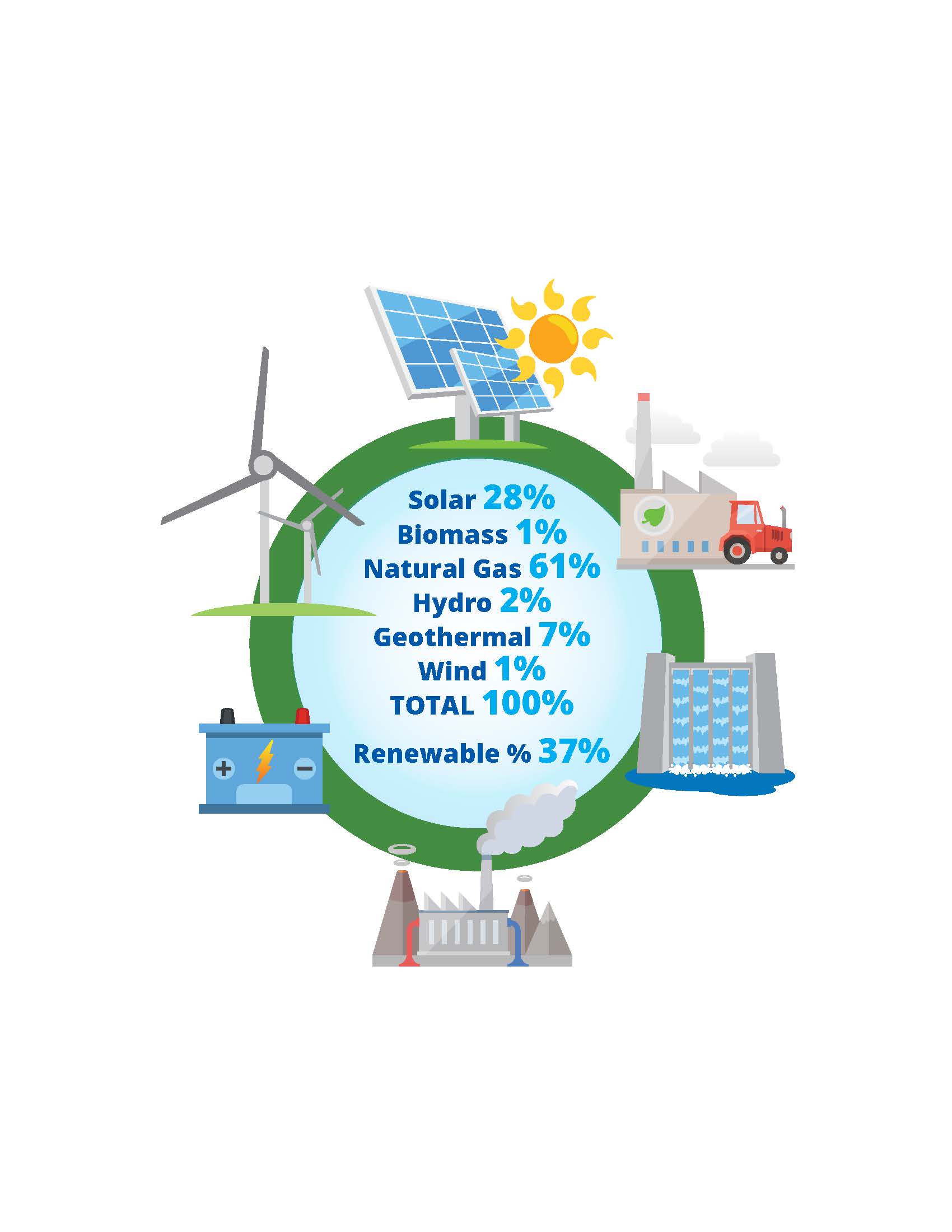rays427
Member
Think you meant to say winter months.[/Q
Think you meant to say winter months.
Sorry, yes it all occurs in the winter.
You can install our site as a web app on your iOS device by utilizing the Add to Home Screen feature in Safari. Please see this thread for more details on this.
Note: This feature may not be available in some browsers.
Think you meant to say winter months.[/Q
Think you meant to say winter months.
Sorry, yes it all occurs in the winter.
My utility has net metering and I am currently 1600 kWh to the good and I will need that to get through the winter with lower solar and higher heating needs. So yes you need a lot of extra panels or one very huge battery.That makes sense. The claim that solar+battery is cheaper than NG may be true on a per kWh basis, but it is not really an equivalent comparison. If you need to provide the kWh when they are needed throughout the year, the economics are different.
That makes a lot of sense too. The solar+battery would have to be sized to have ample capacity in winter months - not average throughout the year. Enough solar to meet the winter demand, and enough battery to handle unusual stretches of bad weather/no sun. I don't see any way it would be practical to have enough battery storage to save up during the summer for use in the winter at current battery prices.
...
Not a coincidence that a lot of Texas jobs and tax revenue comes from oil.Texas 'earned' a grade? I thought there was a different annotation if someone just never shows up.
When we come up to Tahoe, have noticed signage for that utility.I have a small utility on the border with Nevada. It's Liberty Utilities. Their power mix is similar. They purchase a lot of power through NV Energy (no coal). They have several large solar installations in Nevada (about 30% of their demand).

1. Not increasing carbon emissions would be a good start.Leading scientists, academics and campaigners have called on governments and businesses to go beyond “net zero” in their efforts to tackle the escalating climate and ecological crisis.
What is the point of working on #4 when we can't even get to #1?
Why would you want to manufacture millions of solar panels now that we can't use yet?.... the same reason we've manufactured millions of doses of a vaccine we can't use until the testing is complete.
Why would you want to manufacture millions of solar panels now that we can't use yet?
Frequent-flying “‘super emitters” who represent just 1% of the world’s population caused half of aviation’s carbon emissions in 2018, according to a study
I have a friend who is a consultant to businesses. She used to travel a lot but now is exclusively teleworking and doesn't see any change it this for at least another year.A neighbour takes 20 (point to point) flights per month. And yet he is fastidious about how long he keeps his backyard gas BBQ running to avoid burning too much gas. When I noted that a single flight was a massive use of fuel, he just shrugged and said it's for his job and out of his control. I hope COVID has a long term effect on this element of business.
Re: travel, "cheap" local hops vs driving a car or taking a train is common in US and other places that didn't invest the way Japan did in rail.


